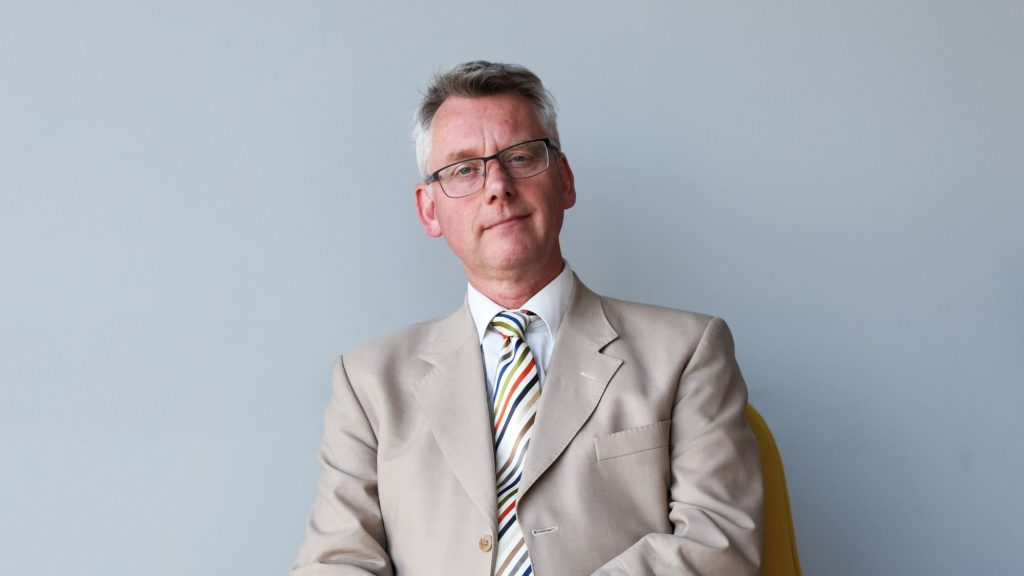When Sir Julian Hartley agreed last December to take the helm of England’s Care Quality Commission (CQC), he knew he was signing up for a monumental task. The CQC, responsible for inspecting and rating hospitals, care homes and GP practices, had fallen into disrepair: inspection numbers had plummeted from 15,800 in 2019/20 to just 6,700 in 2023/24, while the average age of published ratings ballooned to 3.9 years. Sir Julian – a former chief executive of Leeds Teaching Hospitals NHS Trust – describes the depth of problems as “even deeper” than he initially feared.
A regulator in crisis
The independent review led by Dr Penny Dash last year hammered home the severity of the CQC’s decline. A bungled overhaul of its assessment framework, introduced to streamline reporting, instead made inspection processes more complex. Compounding matters, a new IT system proved “poorly performing” and demoralised staff who struggled with constant software glitches. An ill-considered internal restructuring further drained the organisation of experienced inspectors, denting its credibility with providers and the public alike.
Sir Julian’s arrival followed this scathing critique. In his first seven months in office, he has set out to restore the watchdog’s core functions: ramping up inspections, fixing tech, improving culture, and closing a backlog of outdated reports. But he admits the job has been tougher than anticipated.
The personal drive behind the mission
For Sir Julian, the role is far from a standard executive appointment. He speaks candidly of his own experience as a patient after a near-fatal cycling accident in 2011, when he shattered his neck and arm. “Going through emergency trauma care made me realise the gaps between services need attention,” he says. That insight fuels his conviction that robust regulation should act not only as a safety net but as a catalyst for providers to share best practice and strive for continuous improvement.
“I do love a challenge,” he adds. “But seeing colleagues’ dedication here has convinced me we can turn this around.”
Resetting inspection priorities
One of Sir Julian’s first directives was to tackle the backlog of stale ratings. The infamous report on Crawley Hospital’s surgery service – last inspected in June 2014 – remains live on the CQC’s website. Hartley explains that the watchdog is now prioritising both risk and rating age: services with serious concerns will be re-inspected promptly, while those holding “good” ratings for too long will be brought forward in a structured programme.
To meet its target of 9,000 inspections between April 2025 and September 2026, the CQC reported 1,451 inspections completed by the end of June. “We’re accelerating the pace, but it’s crucial we strike the right balance,” Sir Julian says.
Lifting the prosecution time limit
Beyond inspections, the CQC faces legal constraints: it cannot prosecute offences committed more than three years ago. Sir Julian has lobbied Health Secretary Wes Streeting to extend or remove this limit, arguing that organisations like the Health and Safety Executive have no such restriction. In its new 10-Year Health Plan for England, the government pledged to “change” the time limit – though details of the new statute of limitations remain unspecified.
Data-driven regulation
Sir Julian also sees great potential in harnessing publicly held healthcare data to target the worst providers. “Access to all NHS data sets related to care quality will enable a far more intelligent and responsive approach,” he asserts. The 10-Year Plan echoes this ambition, promising the CQC full access to relevant datasets.
Fixing the tangled tech
Yet perhaps the greatest obstacle lies in the CQC’s digital foundations. Since 2019, a £99 million transformation programme has delivered only 5 percent of its promised benefits, according to an internal review. The root cause, the report argues, was a failed organisational transformation: unclear processes stymied software design, making the IT rollout a moving target. Sir Julian describes the system’s failings as “demoralising” and acknowledges that overhauling it will be a major, yet essential, endeavour.
Cultivating a supportive culture
Recognising that technology alone cannot solve deep-seated problems, Sir Julian has sought to rebuild trust within the CQC. An “Ask Julian” channel allows staff to raise concerns directly with him, breaking down barriers between front-line inspectors and senior leadership. “We’re working hard to model the behaviours and culture we want to see,” he notes.
The road ahead
For Hartley, the ultimate goal is clear: a CQC that protects patients, drives provider improvement and maintains public confidence. With a combination of risk-based inspections, extended legal powers, data integration and renewed morale, he hopes to transform England’s healthcare watchdog into the robust regulator it once was. The challenge remains vast, but after seven turbulent months, Sir Julian Hartley is cautiously optimistic that the worst of the CQC’s crisis can be a catalyst for lasting reform.
